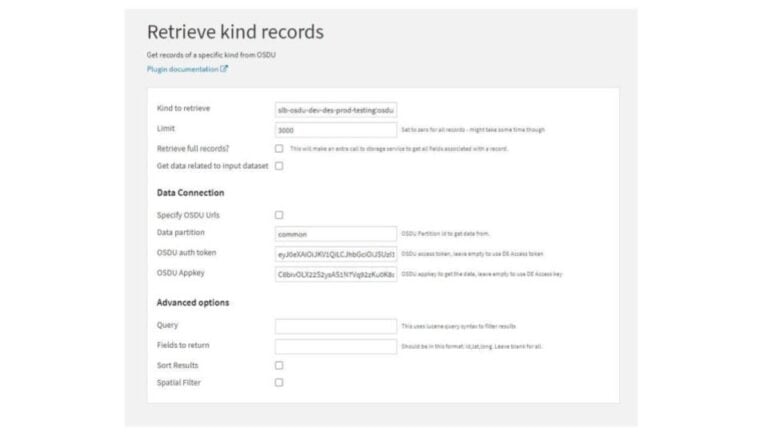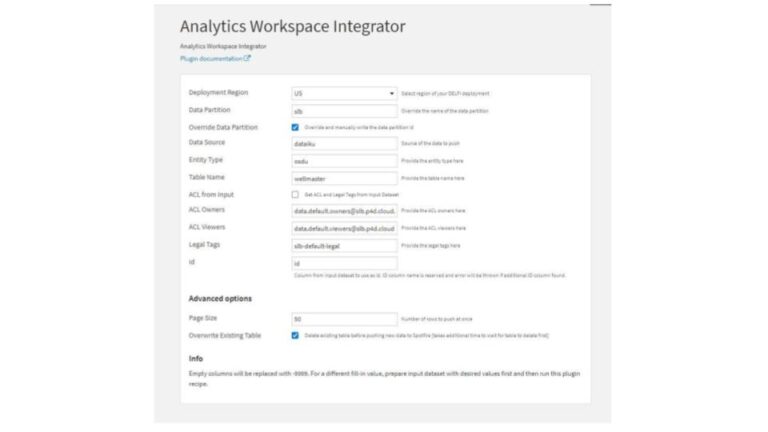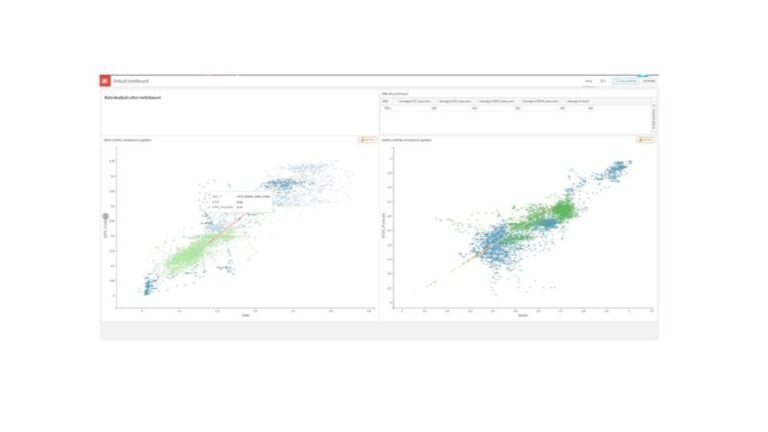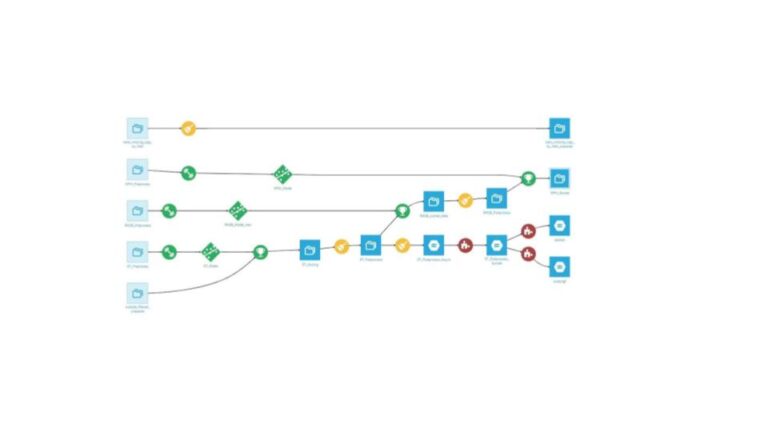Connector Plugin
Retrieve data from the OSDU® Data Platform, applying tailored configurations and filters and subsequently storing the acquired data in a Dataiku dataset.
The OSDU® Data Platform is an industry initiative to facilitate collaboration among energy companies, technology providers, and service providers. With data format standardization and open APIs, the cloud-based platform enables efficient access, sharing, and analysis of industry-specific data, including seismic data, well logs, production data, and reservoir models. The final goal is to achieve seamless data integration and interoperability across various domains and disciplines in the energy industry.
However, data quality assurance is crucial when utilizing data transferred from the OSDU® Data Platform. Users may face challenges related to missing data, which directly impact the decision-making process and the value extracted from the data. Incomplete measurements hinder the ability of geologists to interpret subsurface formations and reservoir properties. Additionally, petrophysicists’ calculations are compromised when missing components from the dataset impede well log correlation efforts, impacting reservoir characterization and geologic mapping.
This seamless integration to the OSDU® Data Platform ensures comprehensive and consistent data availability. Domain experts can leverage ML models to predict missing values in well logs, fill in measurements, and create more complete datasets. Automating these processes saves users hours of effort on scaling analysis across multiple wells, optimizing their resources and making decisions faster throughout the asset lifecycle.

Retrieve data from the OSDU® Data Platform, applying tailored configurations and filters and subsequently storing the acquired data in a Dataiku dataset.

A universal unique identifier is generated for each well, which serves as a reference. Error metrics are calculated to assess the accuracy of the predictions, and datasets are generated for visualization dashboards.

All well logs are obtained in LAS 2.0 format, and the dataset is seamlessly synchronized with Dataiku. This enables efficient review and visualization of the retrieved columns from the OSDU® Data Platform.

The project's dashboard presents the results, providing a comprehensive overview of available data, general statistics, details about missing data, and AI modelling.

Distinct ML models are trained for the three logs: Delta-T (DT), Neutron Porosity (NPHI), and Bulk Density (RHOB). They are used for filling in missing measurements and creating complete datasets.